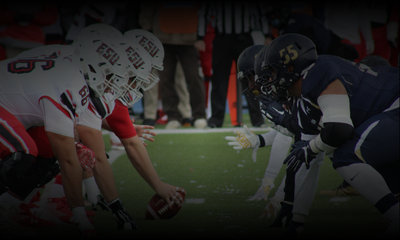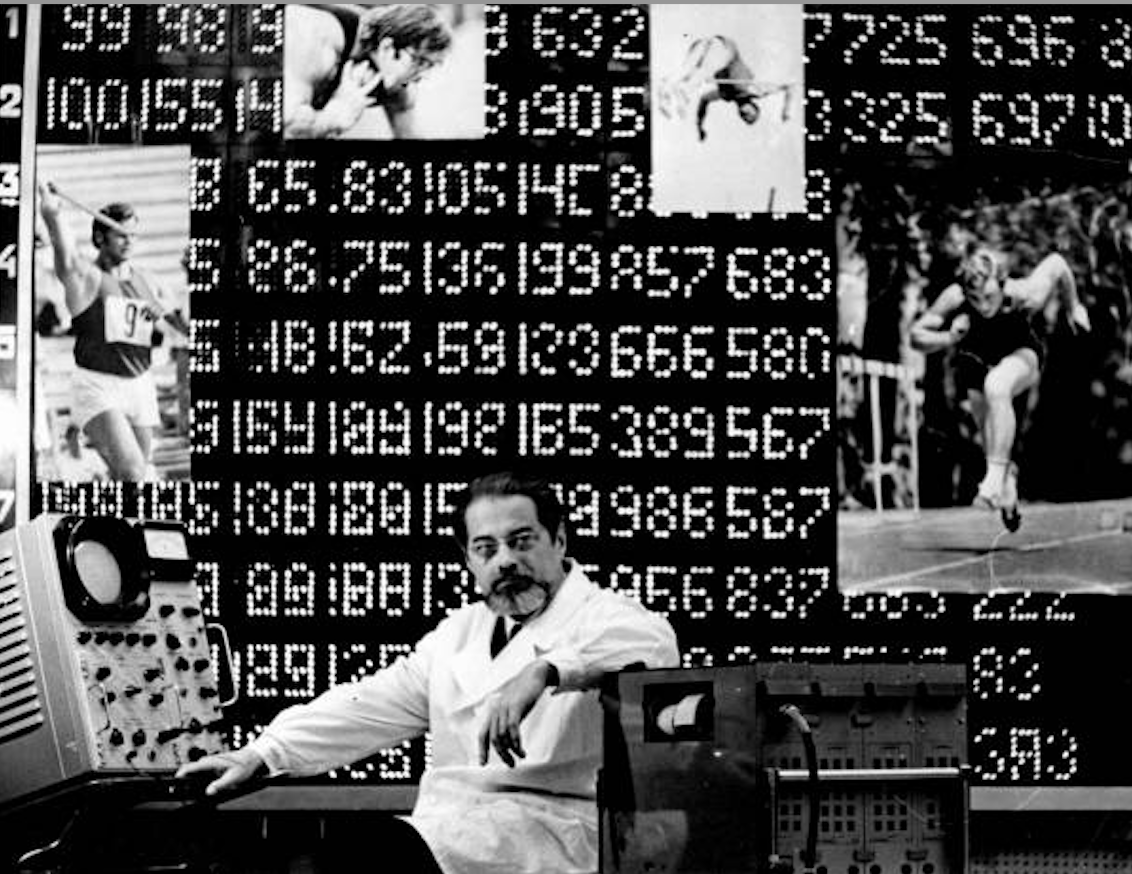Ian Samuelson ·
September 1, 2025

“Winning isn’t everything. But wanting to is.” – Vince Lombardi
For as long as there have been sports, competitors have looked for ways to gain an edge. For Eddie Cochems, it was the forward pass. For Tom Osborne and Boyd Epley, it was barbells. And who could forget Billy Beane’s “nerd baseball”? As the investment in winning has skyrocketed, so too have the lengths people go to achieve it. Most recently, the introduction of technology has added both a lighthouse and a fog to the latest arms race in competitive athletics: sport science. But what exactly is sport science? How is it being used? And more importantly, how does it help you win? The answers vary widely depending on who you ask. So here are my thoughts on the “new” frontier of athletic performance.
Let’s start by defining the basics. According to Oxford Dictionary, the definitions of sport and science are:
Sport (noun) – an activity involving physical exertion and skill in which an individual or team competes against another or others for victory.
Science (noun) – the systematic study of the structure and behavior of the physical and natural world through observation, experimentation, and analysis to establish theories based on evidence.
If the common goal of sport is winning, then sport science can be summed up as:
Sport Science (noun) – the leveraging of science (the study of one’s world through observation, experimentation, and analysis) to find favorable outcomes in sport.
That leaves us with a broad spectrum of possibilities. Sport science touches areas, such as analytics or neuroperformance, that weren’t part of the athletic environment even a decade ago— and that may be the point. The definition is wide, but it also draws an important line: without a process of observation, experimentation, and analysis, something isn’t science. This is critical because it pushes out the guesswork. The gut feelings, the anecdotal claims, and the subjective “eye test” have guided departments like recruiting, strength and conditioning, and team development for decades. Now, instead of opinions, these groups rely on something far more objective: data.
Data (noun) – facts and statistics collected together for reference or analysis.
Today, athletes and coaches are surrounded by data tracking every part of their lives—sleep, nutrition, movement, and more. With enough analysis, nearly anything can be measured and optimized. Brain wave scans are used to assess in-game decision-making1, 2. Pupil analysis helps determine hand-eye coordination and search strategies to boost skill development3. And movement screenings, like the ones we do at Valor Biomechanics, are available at the touch of a button. It’s staggering to consider how complete this picture has become in just a few decades. In the early days of sports performance, a major point of origin of today’s sport science, objective data was rare and difficult to gather. External training loads (“what the body is doing”) were tough to measure in real time, and many coaches didn’t even try.
But some did. In the 1950’s, Soviet Olympic training studies became the gold standard, built on two simple ingredients: meticulous tracking of training volume/intensity and long-term outcome monitoring4, 5. Every day. Every year. For decades. The result was a bank of evidence that much of today’s training methodologies still draw from6. Despite lacking modern tech, and using questionable ethical practices, the Soviet model was still scientific: observe, test, refine, repeat. That combination, applied in real time, was powerful then and still forms a foundation for modern sport science today. While the field certainly has become popular in recent years, it’s important to understand that using sound scientific practices in the sporting landscape has been around for decades. So why the sudden spark? The new abundance of technology.

Take movement screening, for example. In 2015, joint assessments were often done with a goniometer—a manual, imprecise tool resembling something from middle school geometry class. Assessments were time-consuming, clunky, and prone to human error. Outside of movement assessments, athletes were (and often still are) judged by an eye test across sport settings to assess their movement quality. These practices lead to a lot of “good enough” conclusions. In today’s athletics, that’s simply unacceptable. But motion capture technology has changed the game. Objectivity now reigns. “Good enough” no longer cuts it. Here at Valor Biomechanics, we’ve standardized movement assessment so that clear, objective feedback is instantly accessible with endless application possibilities. Movement assessments and biomechanical feedback tools are only one of several metric sources that are going through these changes. While human feedback still has a role, this level of precision marks the beginning of the end for debates about who can perform—and who can’t.

Across the decades, the pursuit of winning has driven progress. Sports have always fueled innovation, and they always will. As the community grows, so too will the tools, data, and methodologies that shape it. Sport science isn’t just the future of competition. It’s the new standard, bringing us closer than ever to answering the ultimate question in athletics: What does it truly take to win?